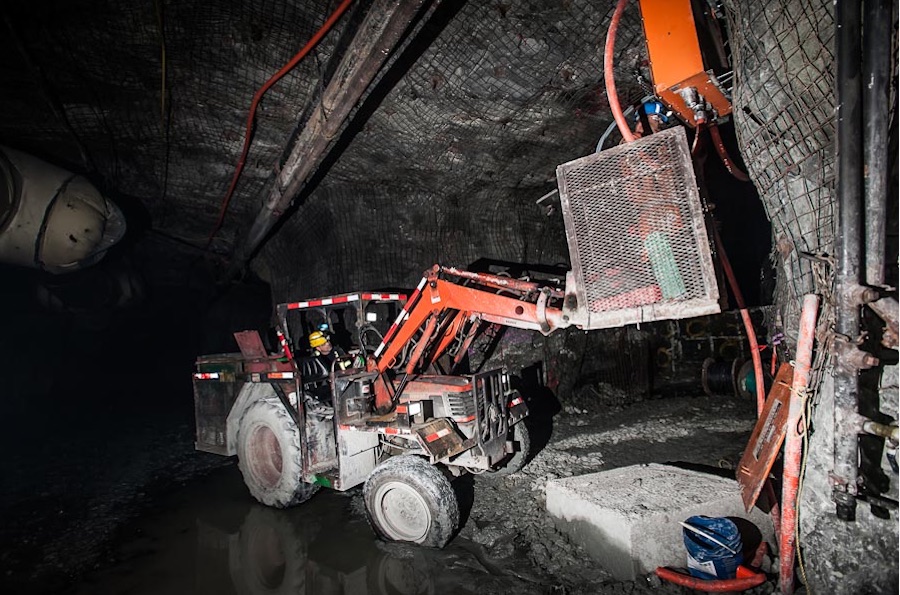
Richmont Gold Mines (TSX:RIC) failed to impress investors, with the Ontario and Quebec-focused miner taking a 10.22% hit on its stock price after releasing its first-quarter results today.
The company currently produces gold from its Island gold mine in Ontario and its Beaufort mine in Quebec, and also operates the Camflo mill in Quebec.
Richmont said its total Q1 gold production reached 29,401 ounces, compared to 32,369 oz in the year-ago quarter. It also sold less gold, $28,528 worth versus $32,239 a year ago. The cost to produce an ounce of gold was higher this quarter compared to Q1 2016, at $1124 per ounce versus $1094/oz.
First-quarter revenues were CAD$46.5 million, versus $52.6 million in the year-ago quarter, while earnings per share slipped from $0.15 a share to $0.09.
CEO Renaud Adams preferred to focus his comments on the work being done at the Island gold mine, where a 2017 program is underway similar to last year’s, which saw 108,000 metres drilled at a cost of $14 million.
At the underground mine located 83 kilometres northeast of Wawa on Lake Superior, the 2016 delineation drill program (48,000 metres) converted the majority of the resources blocks in the main C Zone to reserves. During 2016, 83,000 metres of exploration drilling were completed and successfully identified three new inferred resource blocks. Production at Island for the first quarter was 23,772 ounces.
Mineral reserves increased by 34% (net of depletion), to 752,200 gold ounces, with average grade increasing by 11% to 9.17 grams per tonne gold. Contained ounces in both the indicated and inferred categories also increased by 28% and 30%, respectively.
“The ongoing transformation of the Island Gold Mine continues to advance and we remain on schedule to release our Expansion Case Preliminary Economic Assessment (“Expansion Case PEA”) in the second quarter, which will support our overall objective of positioning the Island Gold Mine as one of the lowest cost underground gold producers in the Americas,” Adams stated in the news release.
The study will consider a strategy to mine gold over four mining horizons, to a maximum depth of 1,000 metres, using the current mine infrastructure.
Since 1991 the company has operated seven mines (6 underground, one open-pit) in Quebec, Newfoundland and Ontario producing in total 1.5 million ounces.